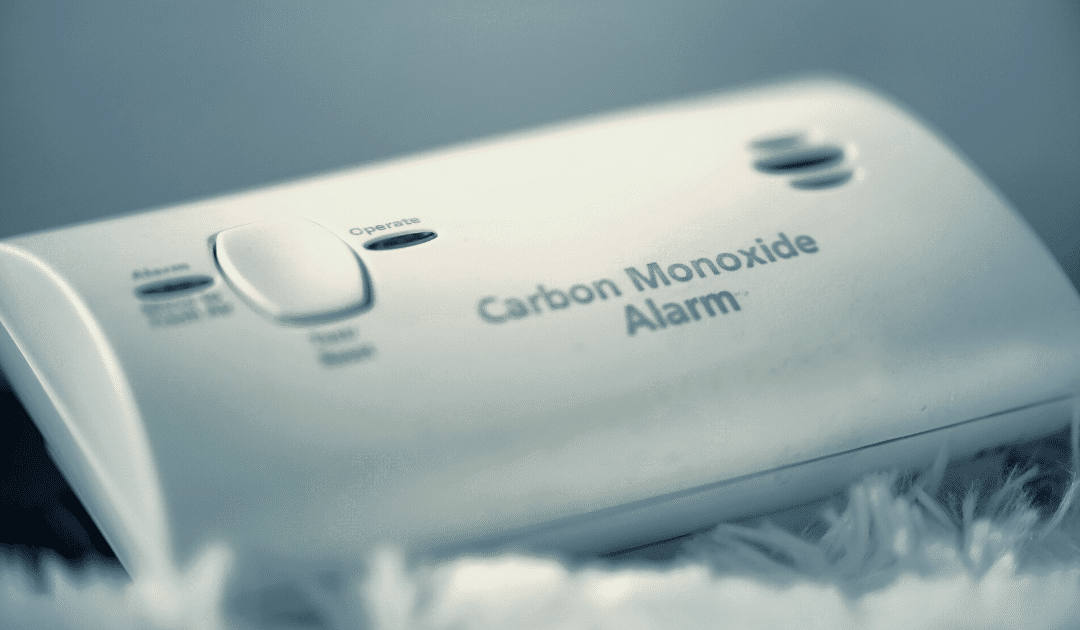
by California Casualty | Auto Insurance Info, Homeowners Insurance Info, Safety |
Often called the “silent killer,” carbon monoxide (CO) is an odorless, colorless gas that claims more than 400 American lives each year, sends 20,000 to the emergency room, and hospitalizes more than 4,000.
It is an indiscriminate killer, striking its victims when they’re unaware or asleep. This poisonous gas is produced by burning fuel in vehicles, stoves, lanterns, fireplaces, gas ranges, furnaces small engines, and portable generators. Here are tips for keeping you, your family, and pets safe from it.
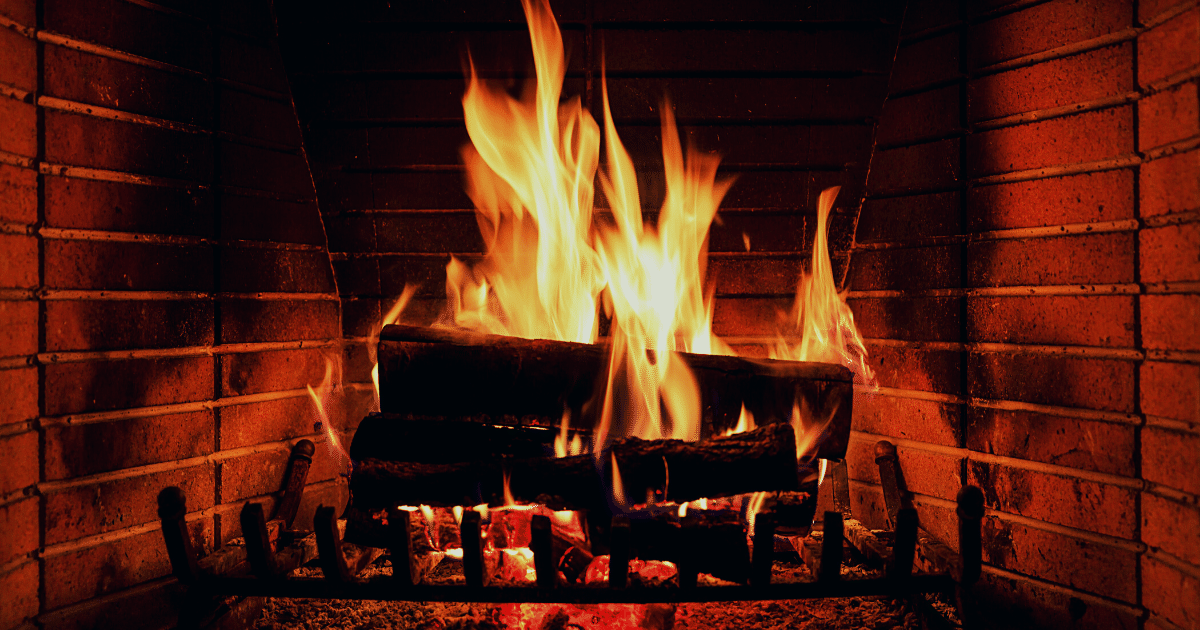
Prevention Tips For Your Home
Here are top strategies to prevent an inadvertent CO leak or exposure in your home.
-
- Install at least one battery-operated or battery back-up CO detector on each floor of your home, including the basement and garage (if it’s attached). Detectors on your main floors should be inside or directly outside the bedroom or sleeping areas.
- Test your alarm(s) monthly, replace batteries every six months and replace the units themselves every five years.
- Maintain yearly inspection schedules for your heating system, furnace, water heater, fireplace, chimney, and any other gas or coal-burning appliances.
- When buying gas appliances, only buy those carrying the seal of a national testing agency.
- Make sure all gas appliances are vented properly.
- Never burn charcoal or use a generator or portable gas camp stove indoors.
- If you smell an odor coming from your gas refrigerator, have an expert check it – the odor could indicate it’s leaking CO.
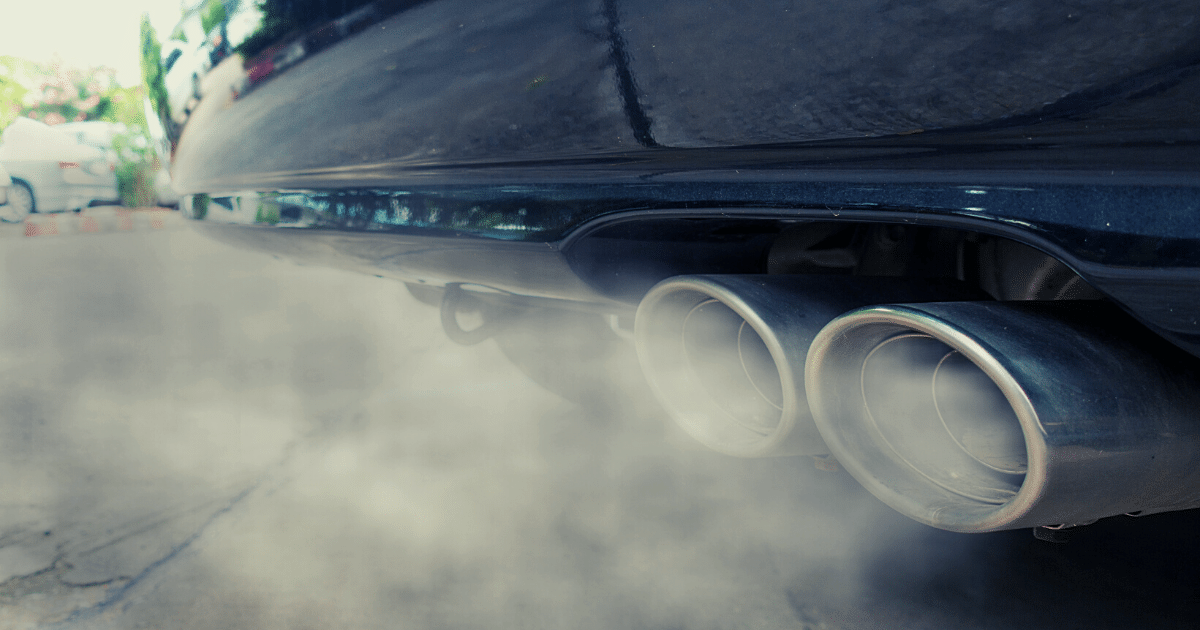
Prevention Tips for Your Car
Your vehicle actively produces CO every time you start the engine, so do the following to stay safe.
-
- Take your vehicle to a trusted mechanic yearly for an exhaust system check. Small leaks can cause CO buildup inside your car.
- Do not run your vehicle inside an attached garage, even with the garage door open.
- If your car has a tailgate, make sure you open vents or windows anytime you open the tailgate while the engine is running – if you open only the tailgate, CO fumes will be pulled into the passenger area.
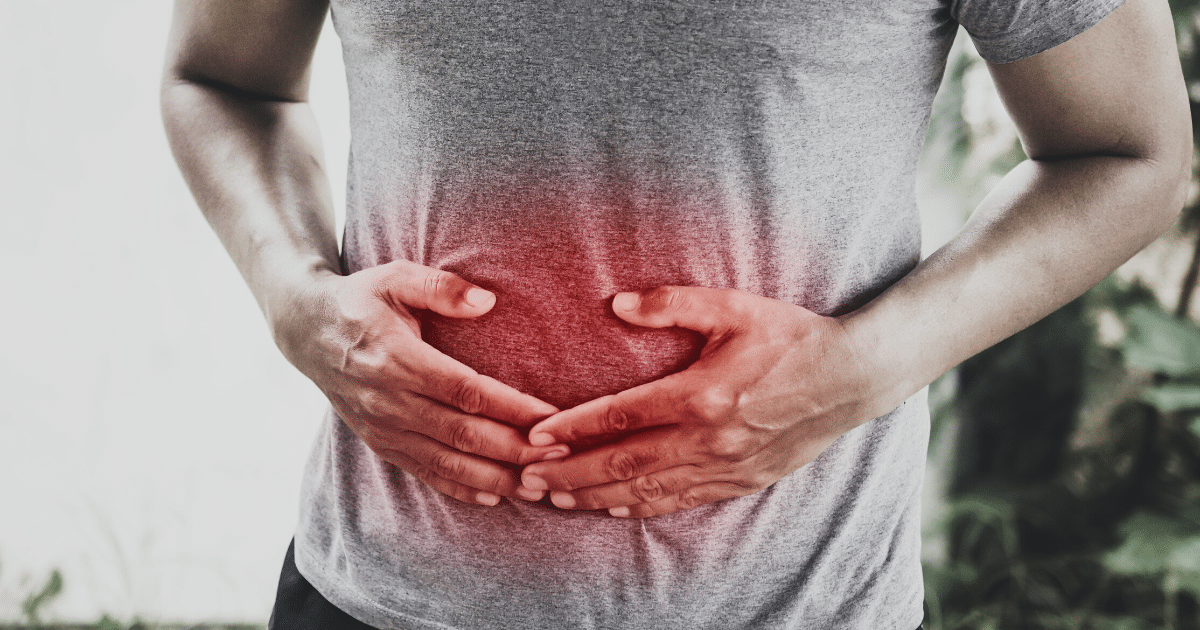
Symptoms of CO Poisoning
It’s important to know that symptoms can vary in terms of severity, and often mild symptoms are mistaken for the flu (although without fever).
-
- Low to moderate poisoning results in:
- Fatigue
- Headache
- Nausea
- Dizziness
- High-level poisoning results in:
- Confusion
- Vomiting
- Loss of muscular coordination
- Loss of consciousness
- Ultimately death
If you or a family member are experiencing any of these symptoms get outside to fresh air immediately then call 911.

When Your Carbon Monoxide Alarm Sounds
First off, you should know – from regular testing – what the different beep sequences and alarm sounds mean. For instance, there may be different beep patterns indicating low batteries, a detector that needs to be replaced, and a true CO emergency. When you hear the CO emergency signal:
- Do not try to find the source of the leak – instead, immediately move outside to fresh air.
- Call 911, emergency services, or the fire department.
- Do a headcount for all family members and pets (do you have a family emergency plan in place?)
- Do not re-enter your home until emergency responders have given word that it’s safe to do so.
When it comes to carbon monoxide poisoning, it’s best to err on the side of abundant caution. A person can be poisoned by a small amount of the gas over a long period of time, or by a large amount during a short time. The measures above should keep both your indoor air quality and your family safe and healthy.
This article is furnished by California Casualty, providing auto and home insurance to educators, law enforcement officers, firefighters, and nurses. Get a quote at 1.866.704.8614 or www.calcas.com.
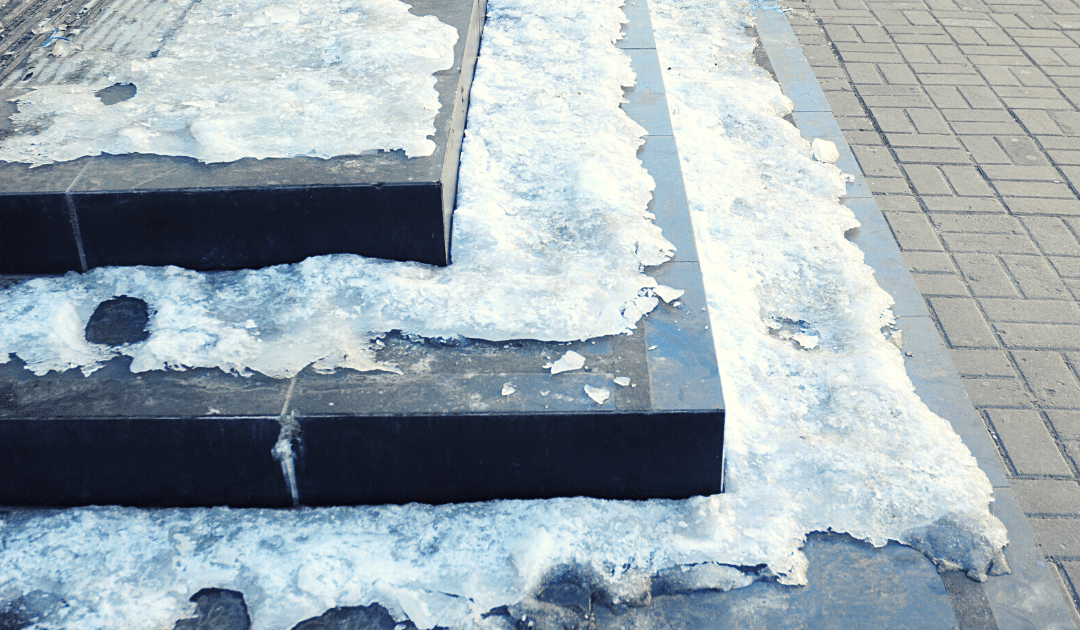
by California Casualty | Homeowners Insurance Info, Safety |
With cold weather comes extra hazards. Be on the lookout for these six common ones, so you can avoid injury, accidents, and damage to your home.
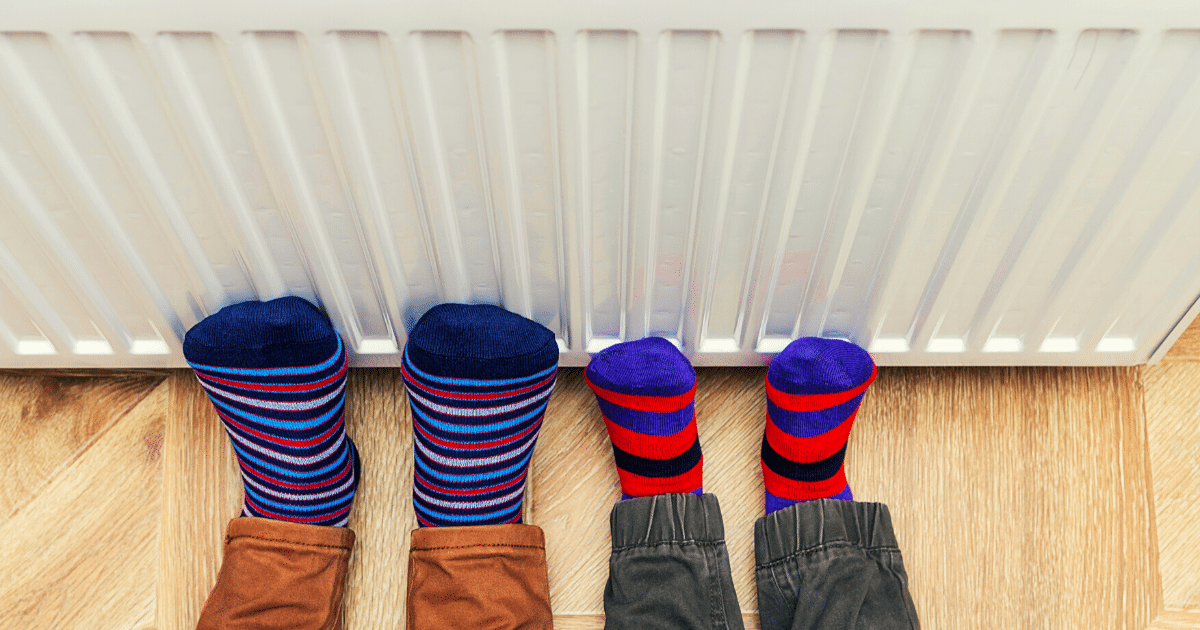
1. Unsafe Heaters and Furnaces
Make sure your heating system has been inspected by a professional (ideally well before winter arrives). This will ensure that it’s prepped for the hard work of heating your home through frigid temps and doesn’t break mid-season, leaving you scrambling for repairs. Here’s how you can keep it in working order:
-
- Wipe it down regularly to get rid of dust and debris; you can also gently vacuum it with a nozzle/brush attachment.
- Clean vents and adjust dampers in all rooms.
- Replace dirty filters as needed.
- Listen and watch for strange sounds or behavior. Do a visual check from time to time for frayed wires or other damage (pests can attack without your knowledge!).
- If you have a furnace, be sure to check the pilot light regularly (follow manufacturer’s instructions).
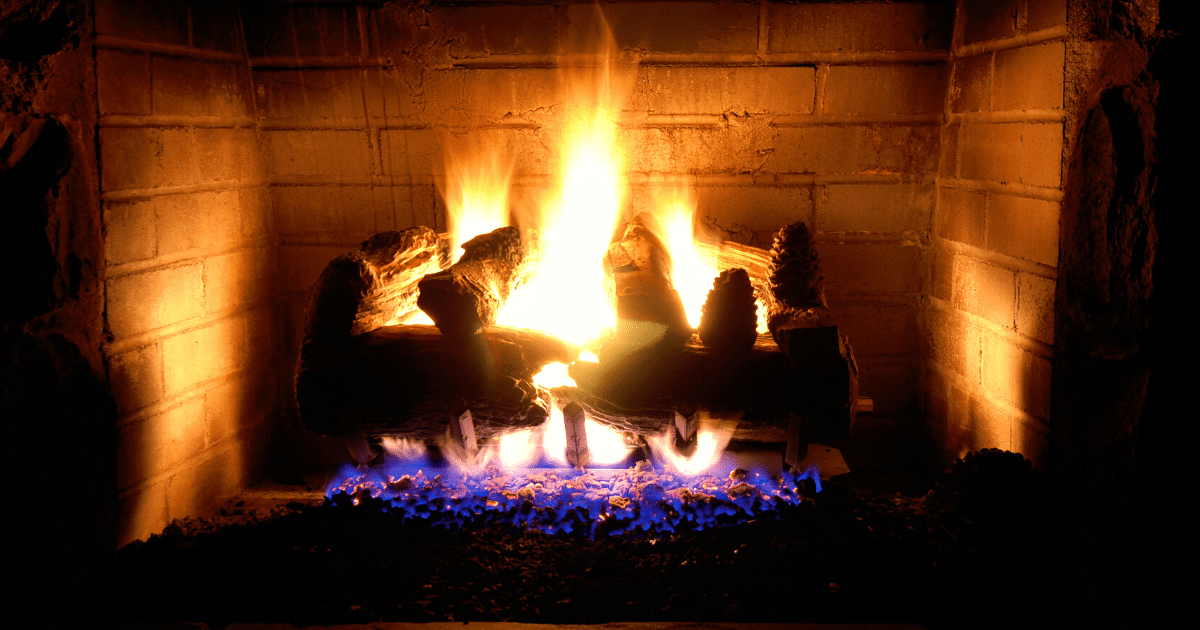
2. Fireplace Hazards
Like your heating system, your chimney, flue, and supporting structures need an annual inspection (and possible cleaning). Schedule inspections at the same time for an easy maintenance routine. Besides inspections, be sure to:
-
- Clean out ash after every fire – excess ash can reduce airflow and make your next fire dangerous.
- Never leave a fire unattended, and always make sure it’s completely extinguished before leaving it for the night.
- Use a fire screen for extra protection and consider fireplace doors if appropriate.
- Check your smoke and carbon monoxide alarms to make sure they’re working properly.
- For more indoor fire safety tips, check out our blog post.
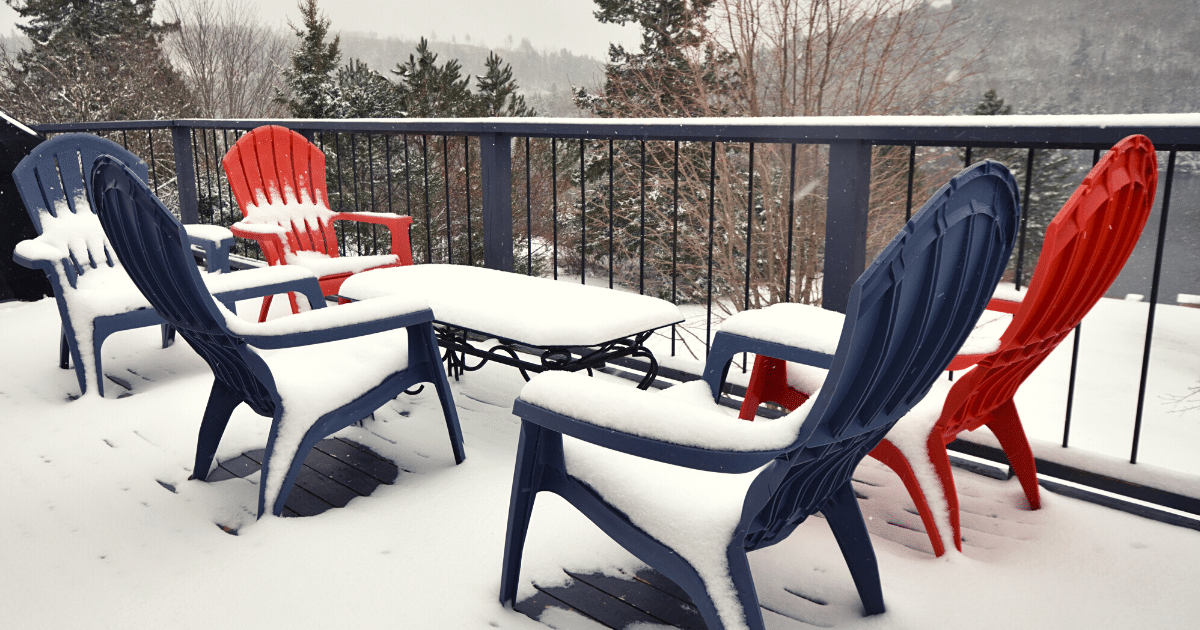
3. Porch and Deck Safety
The areas immediately surrounding your home and entrances pose a special risk for slips, falls, and other injuries resulting from ice. Protect yourself, your family, and any visitors with these precautions.
-
- Remove snow from decks, walkways, porches, and your driveway as soon as possible to prevent a melt-and-refreeze cycle (i.e. black ice).
- Consider slip-resistant finishes and coatings, deck strips, or even mats in high-traffic areas.
- Make sure handrails are secure and in good working order to provide stability when stairs are slick.
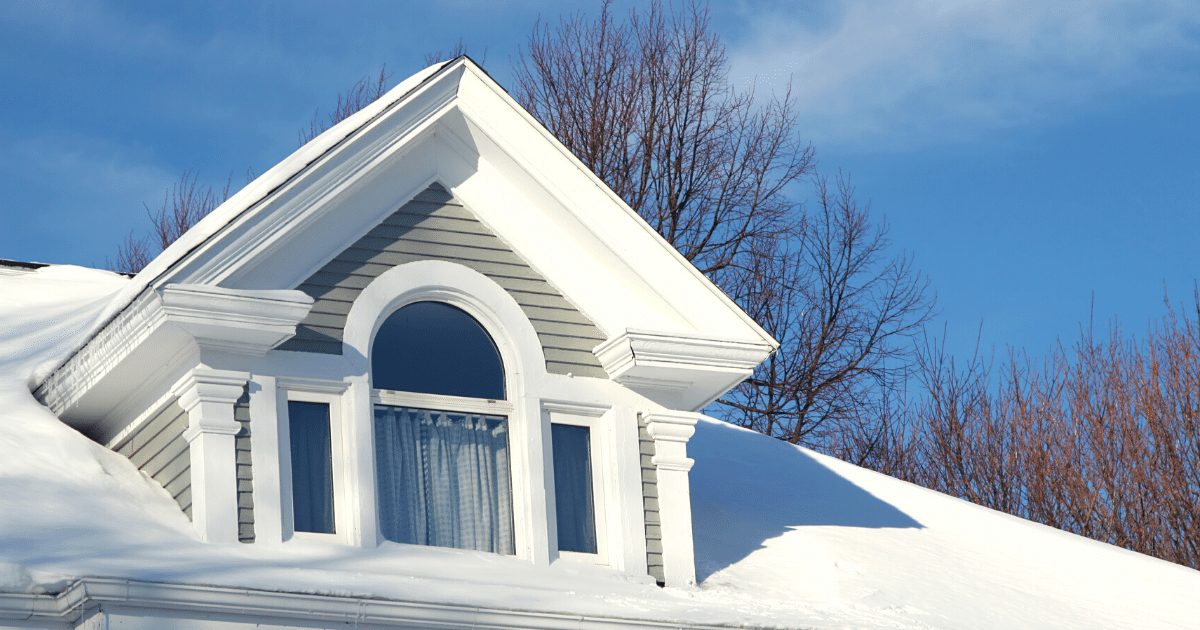
4. Gutters and Roofs
Following a theme from earlier on, it’s imperative to get your roof inspected annually so that you become aware of any problems and can get repairs done before winter sets in. Then, throughout the season:
-
- Keep gutters cleared out so that water goes down the spout where it’s supposed to, rather than finding other cracks or crannies to get into.
- If you live in a snowy area, clean gutters can also help prevent ice dams from forming and causing costly damage.
- Remove snow from your roof regularly with a roof rake.
- Use that same rake to remove any icicles that have formed.
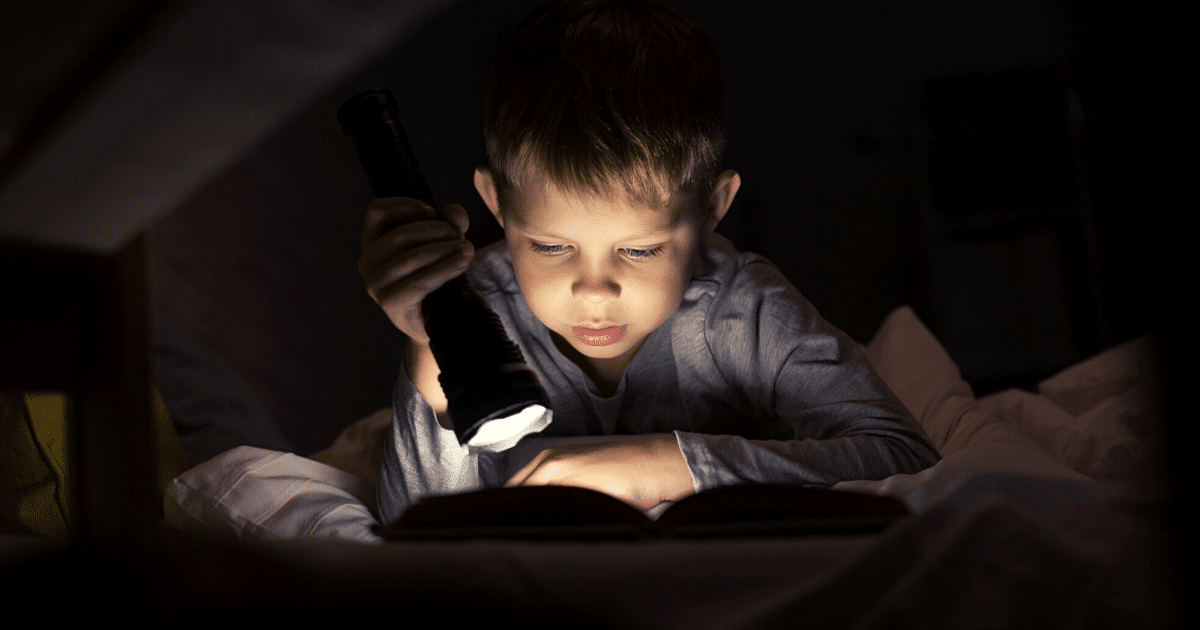
5. Power Outage Prep
Snowstorms and freezes can easily take out power lines, leaving you in the cold and dark. Have your emergency plan and power back-up ready in case you need it. Additionally:
-
- Have a two-way radio for news concerning the outage (make sure it’s solar-powered, uses batteries, or is hand-crank).
- Have a hand-crank or solar-powered cellphone charger so you can keep in touch with family, neighbors, and friends.
- Invest in a generator, and always have flashlights, lanterns, and extra batteries on hand.
- If you don’t have an emergency kit or plan for your family, make one today.
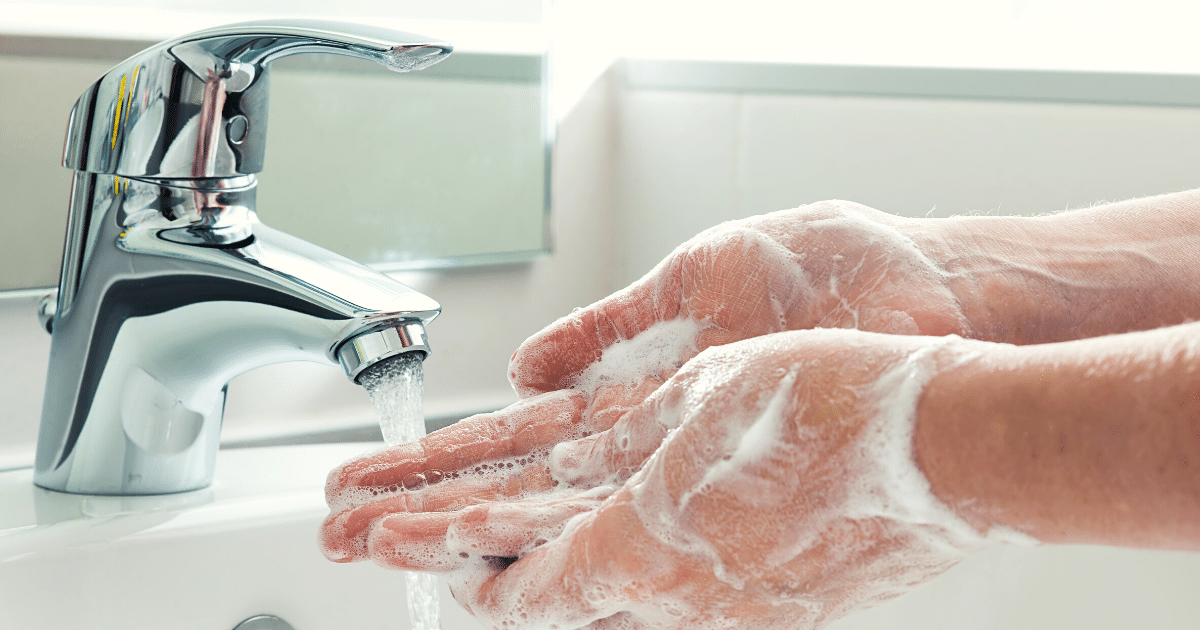
6. Germ Safety
Illnesses, including the flu, coronavirus, and others surge during winter months because we’re usually indoors and in close proximity to others. Be sure to stick to the routine precautions for COVID-19 prevention – including mask-wearing, frequent handwashing, and social distancing – to keep yourself and your family safe. Pandemic fatigue is real, but sticking to the guidelines will keep us all – including our nurses, doctors, and other health care workers – healthy until a vaccine is available.
Many times, making sure your home is prepped for winter hazards means thinking ahead in summer and fall. Keeping up with your yearly inspections can uncover problems with chimneys, heating systems, and your roof that could cause major headaches and damage right when the thermometer is plunging. Taking actions early – and keeping an eye out year-round – will give you peace of mind during the winter so you and your family can enjoy a cozy, serene and safe home.
This article is furnished by California Casualty, providing auto and home insurance to educators, law enforcement officers, firefighters, and nurses. Get a quote at 1.866.704.8614 or www.calcas.com.
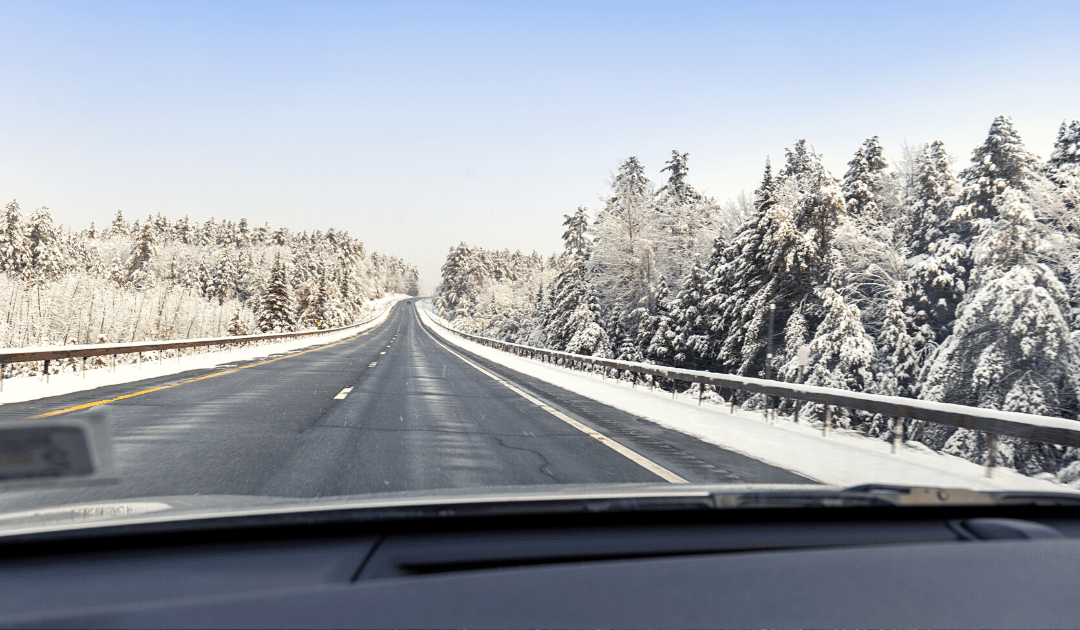
by California Casualty | Auto Insurance Info, Homeowners Insurance Info |
The same winter wonderland scene that gives us soft snowdrifts outside cozy living rooms can also serve up treacherous blizzards, freezes, and black ice.
Contrary to its name, black ice is actually clear and forms a frozen “glaze” that coats all kinds of surfaces and can cause slips, falls, and car accidents. It’s incredibly dangerous not only because of how slippery it is but also because it’s so hard to spot. Transparent and thin, it can hide in plain sight.
It frequently occurs on roads, sidewalks, porches, pathways, and driveways – in other words, surfaces we frequent to get where we’re going every day. Here are some ways to stay safe at home and on the road when conditions are ripe for black ice.
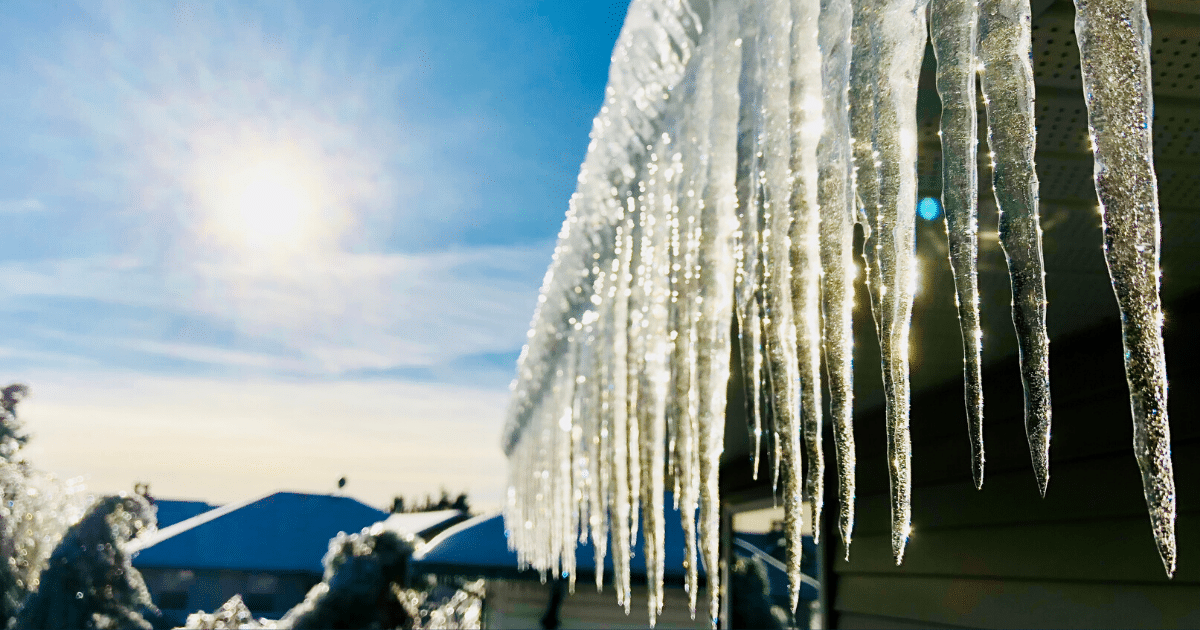
At Home
Besides your driveway, you probably have paved walkways or other hard-surfaced paths around your home. These tips will help reduce injury risk when ice is underfoot, and before it forms.
-
- Unblock drains and gutters. This will help melting snow and ice go where you want it to, so it doesn’t freeze on walkways.
- Keep up with snow shoveling. Make sure to keep up with falling snow so that it doesn’t melt and refreeze into a slipping hazard.
- Put out a tarp. If freezing temps are on their way, lay out a tarp or cloth where you want to prevent black ice. This can include your car, porch, pathways, and the driveway.
- Add some grit. You can sprinkle fine gravel, sand, kitty litter, wood ash or coffee grinds on surfaces to reduce slickness. A note of caution that some work better than others and some can leave a mess.
- Consider a snow-melting mat. If you deal with freezing temps very often, you might want to look into heated driveway mats, which can be effective at preventing black ice formation.
- During icy conditions
- Clear out the snow. If snow has fallen, clear it out so the sun can dry the surface rather than melt the snow into ice.
- Consider a de-icer. Use these with caution though (and probably as a last resort), as some can be harmful to pets, your yard, driveway, and the environment. Try not to over-salt, either, for the same reasons.
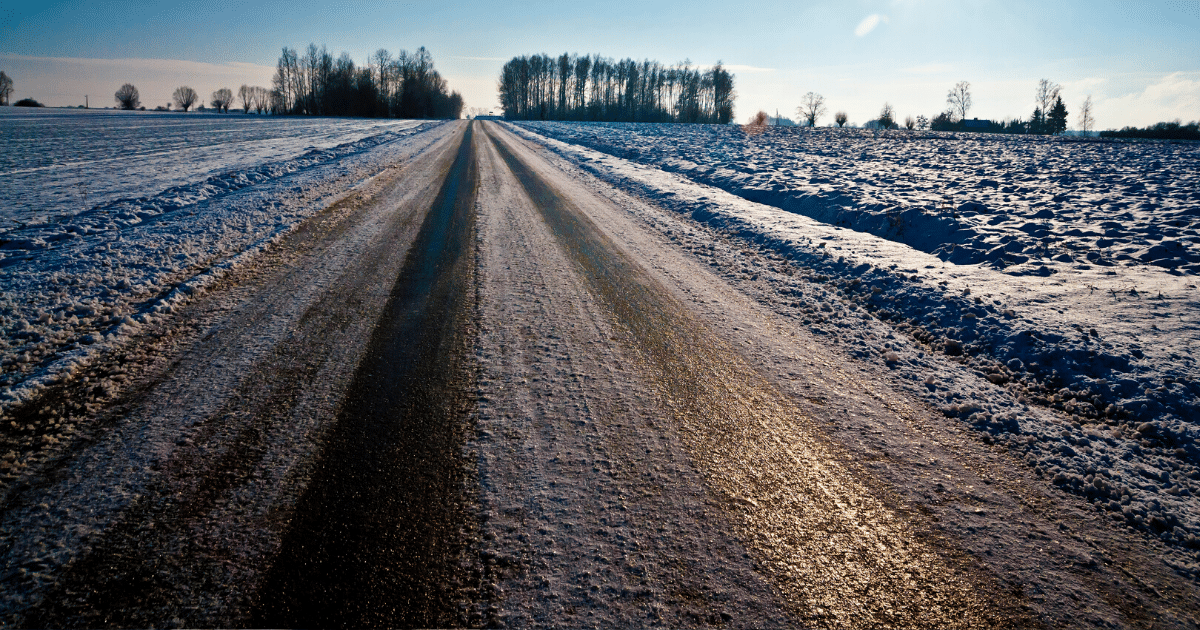
In the Car
When temps are at or below freezing, avoid driving if you can. But if you have to get on the road, keep these precautions in mind.
-
- Check the tires. Tires are the only part of your car that touches the road. The less tread, the less traction. If they’re getting worn, replace them asap. Better yet, get winter tires.
- Know your brakes. Standard brakes perform differently from anti-lock, or ABS, brakes, so make sure you know what kind you have and how they behave in snowy, icy, and other hazardous road conditions.
- Do a winter safety check. Make sure your vehicle is prepped for winter safety (and stranding as a worst-case scenario!) – follow our tips here.
- Double-check your car kit. All it takes is one small patch of black ice to cause a slide that lands you immobile on the roadside. Check that your emergency winter car kit contains everything you need.
- Warm-up your car. Let your car warm up before getting on the road. When you feel the heat coming through the vents, it’s sufficiently warmed and ready to go.
- Improve your visibility. Make sure you set out with 100% visibility. If your windshield is foggy inside or iced over on the outside, use our tips here to get it cleaned off and clear.
- Take your time. Give yourself extra time to get where you’re going and be sure to drive much slower than you normally would – this will give you and other drivers more time to react if you need to.
- Slow down and increase following distance. Give yourself and other drivers more room than normal – and never tailgate.
- Know what to do in a skid. If your car goes into a skid, do not hit the accelerator or the brakes. Instead, steer gently in the direction of the skid, making sure not to jerk the steering wheel. Get the full step-by-step info here.
Your best bet against injuries caused by black ice is to use an abundance of caution, make prevention a habit and develop a “sixth sense” for spotting this wintertime danger. Stay safe out there!
This article is furnished by California Casualty. We specialize in providing auto and home insurance to educators, law enforcement officers, firefighters, and nurses. Get a quote at 1.866.704.8614 or www.calcas.com.
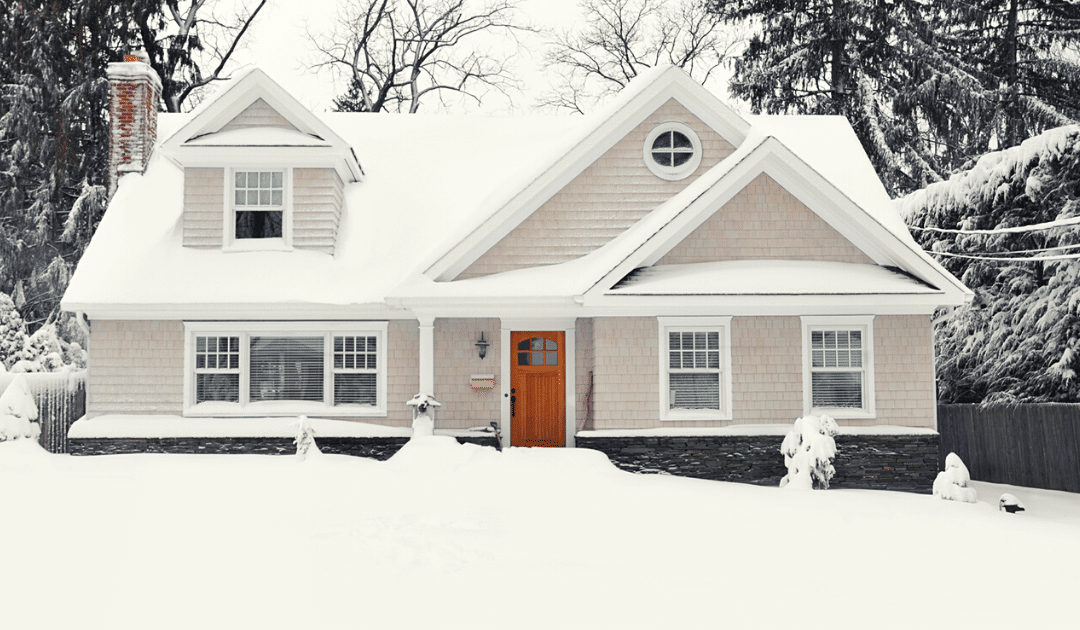
by California Casualty | Homeowners Insurance Info |
Extreme weather events are becoming more severe and frequent. If you live in a region that gets snow and ice, these events can easily cause damage to your home, racking up losses and repair costs.
Here are some of the common ones to prepare for, coverage considerations, and how to prevent damage in the first place.
Frozen Pipes
One of the most common sources of wintertime home damage is water damage from frozen pipes. Losses are usually covered under your homeowner’s policy; however, keep in mind that some claims are denied if negligence is found (e.g. proper home temperature wasn’t maintained).
Protect against water damage:
-
- Add extra insulation in attics, basements, and crawl spaces where pipes may be exposed to the cold.
- During especially chilly spells, turn faucets on just enough for a very slow drip.
- Shut off water to outside hoses and store them inside to protect them from extreme temps.
- Read our post for more tips on preventing frozen pipes.
Ice Dams
Ice dams form when snow melts on your roof and refreezes before siphoning off. Once formed, they continue to grow with further melt/refreeze cycles. Over time, ice dams can damage your roof, sometimes springing leaks that let water into your home. While your homeowner’s policy should help cover damage to your roof and home (check your policy for coverage limits and details), it probably won’t cover damage to any personal belongings.
Protect against ice dams:
-
- Remove snow from your roof regularly.
- Ventilate your attic so that hot air doesn’t get trapped, warm a spot on your roof, and melt snow that can easily become an ice dam.
- Turn down the heat in your home so as to prevent the roof warming that produces ice dams.
- Check out our post on winter roof care for more ice dam-prevention tips.
Hail Damage
Roofs and windows are especially susceptible to hail damage. Make sure you understand your coverage and any hail exclusion that may apply. After a storm, inspect your roof for damage right away – remember, if damage goes unnoticed it can cause roof leaks months later that may not be covered.
Protect against hail damage:
-
- Have your roof inspected every year in the fall and repair or replace missing or loose shingles or tiles.
- If your area is especially prone to hail storms, look into installing hail-resistant asphalt shingles.
Wind Damage
Severe storms oftentimes bring severe winds. Although sometimes damage can happen with wind directly hitting your home, usually the real danger lies in what the wind can blow into or onto your home.
Protect against wind damage:
-
- Keep up with trimming trees and branches that are leaning, weak, dead, or otherwise compromised or a threat to your home. Check out the top 7 signs of tree health issues here.
- Inspect your home’s exterior for loose siding, gutters, and shutters.
- Read all our tips on prepping for severe storms.
Injuries From Ice
Black ice is a slipping, injury, and accident risk wherever it forms – on roadways, driveways, walking paths, porches, decks, and steps. If a visitor slips and sustains an injury on your property and decides to sue, are you protected? Liability coverage is usually included as part of homeowners insurance and would kick in, in this case, to help with the person’s medical bills as well as your legal costs. That said, check with your agent to review your coverage limits and conditions.
Protect against black ice:
-
- Be vigilant about snow shoveling so that snow doesn’t melt and refreeze on high-(foot)traffic areas.
- Clear your gutters so that water goes down the spout like it’s supposed to, instead of onto walking paths.
- See our article for more black ice safety tips.
Roof Collapse
Roofs can collapse if the weight of ice or snow on them is too much to bear. Insurance may help cover the cost of repairing or replacing a damaged or destroyed roof. And if your house is uninhabitable as a result, it may cover additional living expenses and/or hotel. Check to make sure you understand what your policy covers, as well as all limits and terms.
Protect against collapse:
-
- Have regular annual roof inspections so you are aware of and can fix any issues that can cause structural vulnerabilities, weak spots, or problem areas.
- If snow is piled too high for you to remove, or if your home is taller than a single story, look into hiring a professional snow removal service.
- If you already have ice dams, get them removed professionally asap – ice dams can cause serious and costly damage.
Wintertime damage to your home can happen before you’ve even had time to think about it – and by then, it’s usually too late and you’re looking at losses, repairs, and the claims process. Protect your home before the storms roll in by making sure you’re covered and – even more important – have the kind of coverage you need.
This article is furnished by California Casualty. We specialize in providing auto and home insurance to educators, law enforcement officers, firefighters, and nurses. Get a quote at 1.866.704.8614 or www.calcas.com.
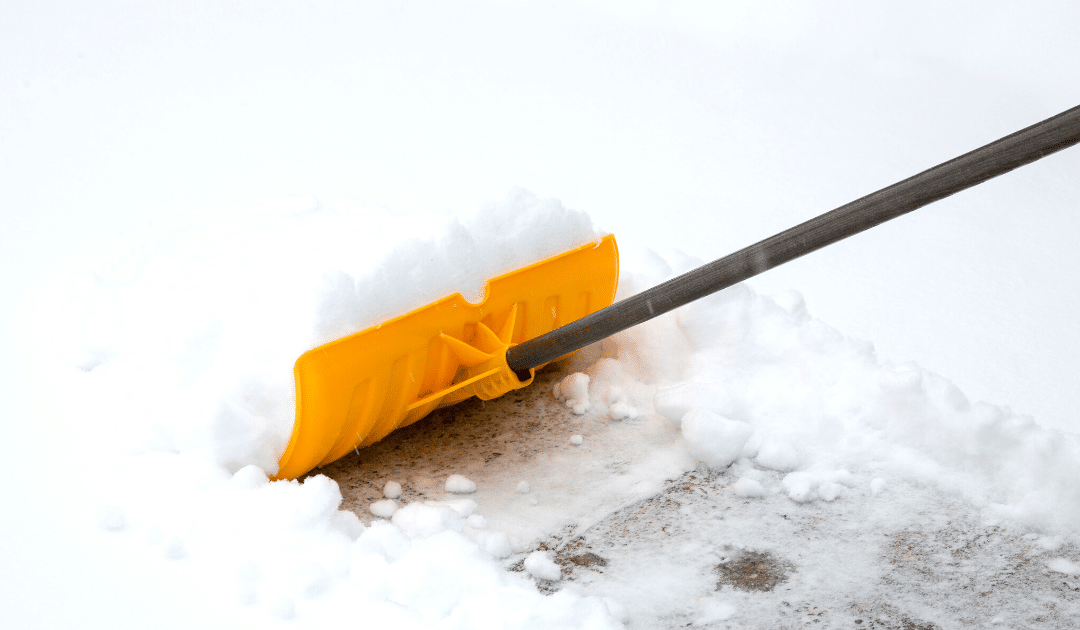
by California Casualty | Homeowners Insurance Info, Safety |
When temperatures start to dip and the days get shorter, snow and ice are soon to follow. If you live in a snow-prone area, it’ll soon be time to pull out the shovel, gloves, and boots and prep yourself for the snow shoveling season.
Here are some tips to stay ahead of the snow, protect yourself from injury, and make this necessary chore a little less taxing.
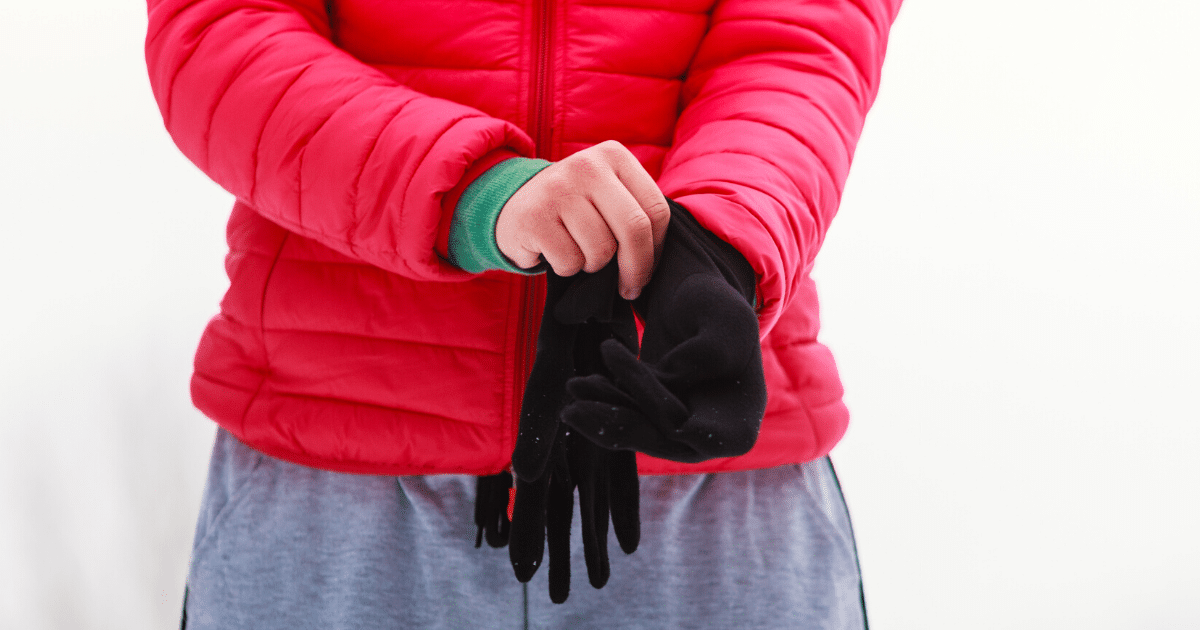
Before Shoveling: Prepare & Plan
- Warm-up – Do some basic stretches to limber up and prevent injury.
- Wear layers – Layers will keep you warm while allowing for full movement.
- Start early – Shovel new snowfall before it melts and refreezes into a slipping hazard.
- Make a plan – Before removing the snow, figure out where you’re going to move it to.
- Choose the right shovel – Make sure your shovel fits your hands and frame. Choose from ergonomically-designed models that can reduce bending and strain.
- Consider wax – Coating your shovel blade with wax (car wax is fine) will prevent heavy snow from sticking and freezing to the blade. This works best on metal shovels.

While Shoveling: Technique & Habits
-
- Push, don’t lift – Pushing snow is easier on your body than lifting it. In times where lifting is unavoidable, be sure to:
- Bend your knees and keep your back straight.
- Position your feet hip-width apart and use your legs for leverage.
- Avoid twisting with a loaded shovel.
- Keep your shovel close to your body — This will help prevent injuries.
- Keep it bite-sized – Shovel smaller loads rather than large ones. Also, focus on the powder rather than heavy ice.
- Change up your grip – To prevent blisters and strain, switch up left- to right-handed shoveling. Also change it up with palm under/ palm over.
- Take breaks – Especially if the snow is wet, be sure to hit pause every 20 or 30 minutes.
- Stay hydrated – In cold weather, it’s easy to forget to hydrate, so be sure you have water available and remember to drink it.
- Shovel snow while it’s falling – You’ll lighten your workload if you periodically remove snow while it’s falling.

Managing the Yard
While shoveling, keep your yard and home exterior happy by keeping these tips in mind.
-
- Don’t let snow pile up – If branches are weighed down with snowdrifts, gently brush the snow off to prevent branches from bending under the weight and snapping. And when you’re shoveling near them, remember to not dump the snow on plants.
- Make a windbreak – If it works for your yard, you can deposit each shovelful of snow to form a barrier that shields shrubs and plants from wind damage.
- Clear snow from the dryer vent – A blocked dryer vent is a fire hazard and can put your family at risk of carbon monoxide poisoning. Make sure your vents are clear of snow build-up.
- Keep the fire hydrant clear of snow – If you have a fire hydrant at the front of your yard, make sure part of your maintenance is to keep it clear in case fire crews need to locate and use it.
- If you park in the driveway – Clear a path to the driver door first, so that you don’t have to trudge through the snow to get to it.
As long as there’s snow, there will be snow shoveling. By using the tips above, you can make this task a bit easier and prevent injuries in the process.
This article is furnished by California Casualty. We specialize in providing auto and home insurance to educators, law enforcement officers, firefighters, and nurses. Get a quote at 1.866.704.8614 or www.calcas.com.

by California Casualty | Homeowners Insurance Info, Safety |
Did you know that cooking fires in residential buildings happen more often on Thanksgiving Day than any other day of the year? Or that peak timing for fires is from 10am – 4pm — right when everyone’s preparing their turkey day feasts?
According to the National Fire Protection Association, unattended cooking is by far the number one contributing factor of cooking fires and fire deaths.
The following tips from NFPA will help you avoid the common pitfalls and serve up a holiday full of delicious dishes, happy memories, and a safe celebration.

Remember to:
-
- Stay in the kitchen when cooking as much as possible:
-
- If you’re frying, boiling, grilling, or broiling food and need to leave the kitchen for even a short time, turn the stove off until you return.
- If baking, simmering, or roasting, check it regularly, stay in your home, and use a timer to remind you when it’s close to done.
- While cooking turkey, check on it frequently, and do not leave your home.
- Test your smoke alarms a few days before the holiday to make sure they’re working.
- Keep oven mitts, food packaging, towels, and any other flammable materials away from your stovetop.
- Keep the kitchen floor free of tripping hazards.
- Don’t use the stove or stovetop if you’re sleepy or have consumed alcohol.
- Be mindful of children:
- Keep them at least 3 feet away from the stove.
- Make sure knives, electric cords, and matches/lighters are out of reach.
- Ensure they stay away from hot food and liquids.
- Never leave them alone in a room with a lit candle.

Prevent a Fryer Fire
Deep frying turkeys is all the rage — and unfortunately causes plenty of fires and injuries every year. If you plan to fry this year, follow these safety tips from the U.S. Fire Administration:
-
-
- Only use a unit specifically made for frying turkeys — don’t try to adapt cookware you already have.
- Only use the fryer outdoors on a sturdy, level surface that is a safe distance from anything flammable. Remember that fryers can easily tip over, spilling hot oil. Maintain a 3-foot zone free of kids and pets to protect against injuries.
- Make sure your turkey is fully thawed before frying it — a partially frozen bird will cause hot oil to splatter.
- Ensure that you use the correct amount of oil. An overfilled fryer will spill over when the turkey is placed inside.
- Do not leave the fryer unattended. A 15-pound turkey will take about 45 minutes to cook, so prep in advance so that you can stay outside the whole time.
- Use gloves and have extra potholders and supplies nearby. The pot, lid, and handles of the fryer can get very hot.

In Case of Emergency
A small grease fire can erupt suddenly — even despite best efforts at prevention. Here are some basic steps from the NFPA if one erupts on your watch.
-
-
- For an oven fire, turn off the heat and keep the door closed.
- If on the stovetop, smother flames by putting a lid or baking sheet over the pan, taking it off the heat, and turning the burner off. Leave the pan covered until completely cooled.
- Do NOT pour water on a grease fire — it will make it worse or even spread the fire. A lid or cooking sheet is best; pouring baking soda or salt on small flames can also help extinguish them.
- When in doubt, get out of the house. Close the door behind you and call 911.
The holidays are busy. Between cooking and hosting time and focus can feel scant. To let you focus on cooking — safe cooking, that is — enlist the whole family to help. Tasks such as shopping, decorating, and cleaning can be delegated. While in the kitchen, make sure someone else is on point for entertaining and taking care of things in the rest of the house. Finally, prepare activities (games, puzzles, books, etc.) ahead of time for children so that they’re occupied and out of the kitchen.
And most important: enjoy that precious time with your family — over a delicious, beautiful meal!
This article is furnished by California Casualty. We specialize in providing auto and home insurance to educators, law enforcement officers, firefighters, and nurses. Get a quote at 1.866.704.8614 or www.calcas.com.
























